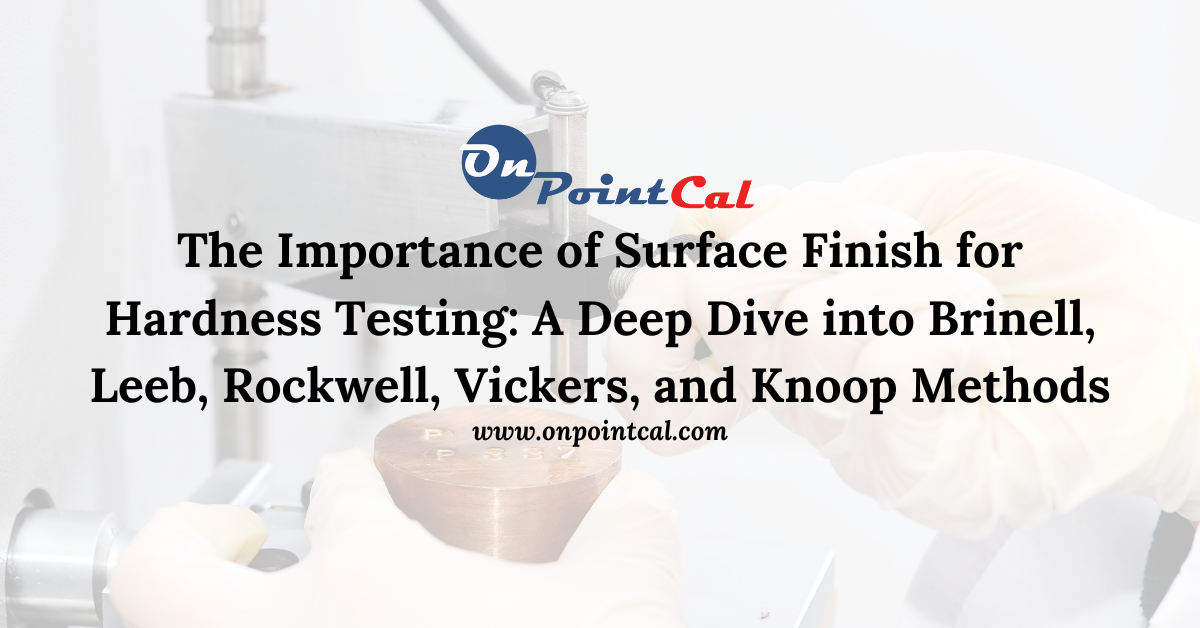Quality Assurance, Quality Control, Technological Innovations
The Importance of Surface Finish for Hardness Testing: A Deep Dive into Brinell, Leeb, Rockwell, Vickers, and Knoop Methods
What if the secret to impeccable hardness testing accuracy was right beneath your fingertips? Surface finish, often overlooked, plays a pivotal role. Whether you’re an engineer, a technician, or a material science enthusiast, the precision of your hardness testing can hinge on this critical factor. Journey with us as we explore the significance of surface finish across five essential hardness testing methods.

Brinell Hardness Testing
Recognized for its use on rough metals, the Brinell method utilizes a spherical indenter. A uniform surface ensures consistent indents, making readings more accurate. Imagine testing a rugged piece of metal and getting varying results due to surface inconsistencies. That’s a problem solved with the right finish.
Leeb Hardness Testing
Leeb, the rebound hardness test, measures the rebound velocity of a dropped mass. An even surface finish ensures no irregularities disrupt this velocity. Think about a basketball court; any bumps on the surface could drastically change the ball’s bounce.
Rockwell Hardness Testing
Sensitive and precise, Rockwell uses either a diamond or ball indenter to measure penetration depth. A smoother finish guarantees uninfluenced, accurate readings. Consider it akin to a pen pressing on paper; a smooth sheet results in consistent marks.
Vickers Hardness Testing
Using a pyramid-shaped diamond, Vickers offers clear imprints on materials. The right surface finish magnifies microscopic indentation examinations, enhancing precision.
Knoop Hardness Testing
Tailored for thin sections and coatings, Knoop uses an elongated diamond pyramid. A pristine surface finish is non-negotiable here, ensuring no substrate effects alter readings.
Diving Deeper: Why Surface Finish Matters
Surface imperfections can distort indentation characteristics. From size to depth, inconsistencies in readings arise from these anomalies. Surface preparations, be it grinding, polishing, or etching, are tailored to the material and test method. This diligence captures a substrate’s genuine hardness, sidelining potential errors.
Your Precision Partner – On Point Calibration
Precision isn’t just a goal; it’s a promise. Entrust your equipment’s calibration to the experts who understand the subtleties of hardness testing. At On Point Calibration, we’re committed to ensuring your results are spot-on every time.


